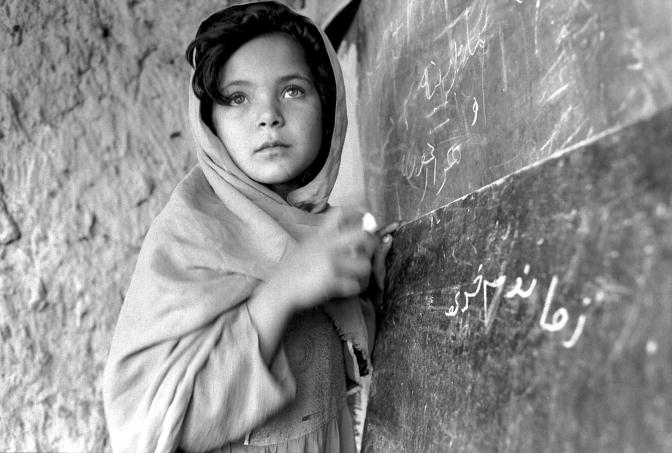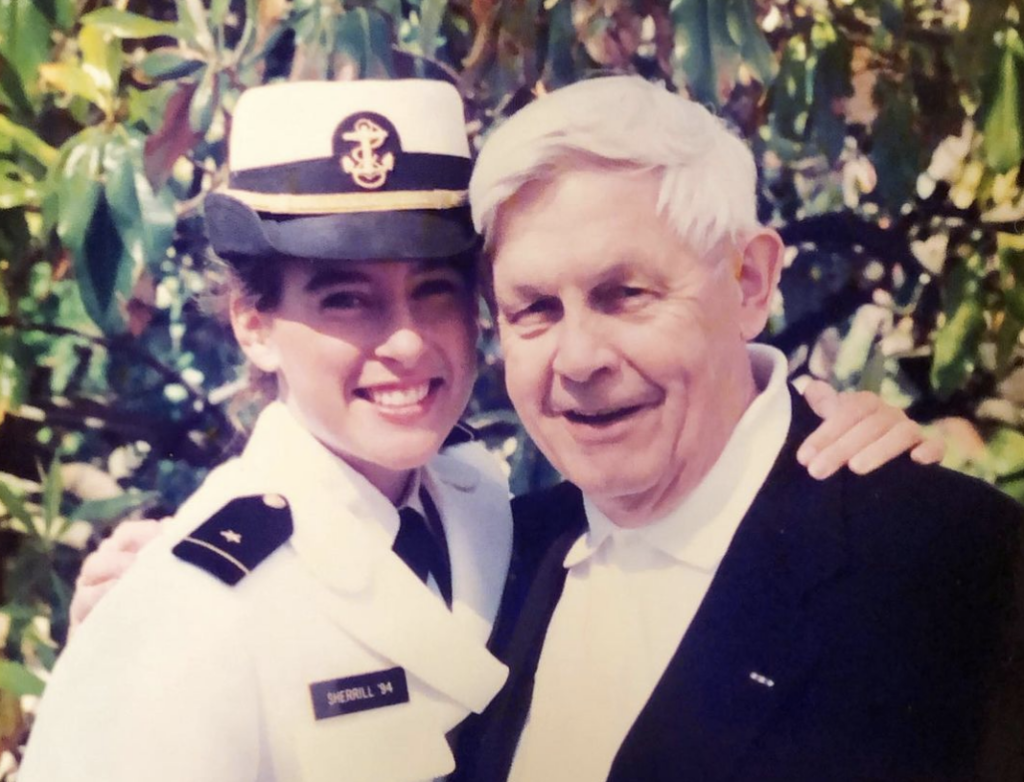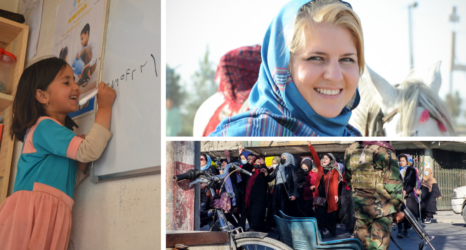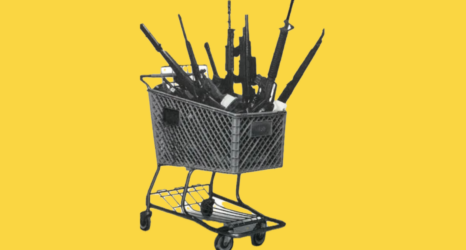These policymakers are pressing the Biden administration to protect Afghan refugees, specifically women and children.

This story originally appeared on The 19th.
When Rep. Chrissy Houlahan met a small Afghan child while visiting a military base housing thousands of refugees, she was struck by how this girl’s journey mirrored that of her own father. Houlahan’s father, a Holocaust survivor, was about 5 years old when he fled Poland with his mother and found refuge in the United States.
“The concern about women and girl refugees has been pressing on me since I joined Congress, and certainly well before then,” said Houlahan, a Pennsylvania Democrat who took office in 2019 and said her prior military service impacts her work. “We have been involved in a war for the better part of 20 years … Many of us continue to be concerned about the refugees: those still left behind, those who are here and those who are still able to be relocated here.”
Many of us continue to be concerned about the refugees: those still left behind, those who are here and those who are still able to be relocated here.
Houlahan is one of a handful of women veterans in Congress, including Reps. Mikie Sherrill of New Jersey and Mariannette Miller-Meeks of Iowa, putting extra pressure on the Biden administration to prioritize helping Afghan women and children.
Meagan Whalen, the deputy communications director at With Honor Action, a nonprofit that supports veterans running for political office, said refugee evacuation and resettlement is an extremely multifaceted process with many moving parts and considerations. The organization works with several women members of Congress to make sure the transition is as easy as possible for the Afghans fleeing Taliban rule.
“As veterans, they understand the need for follow-through and making good on promises made,” Whalen said. “We need to make sure that we follow through on a moral front and national security front.”
For Sherrill, who spent nearly a decade on active duty in the U.S. Navy, the process began long before the withdrawal in August. During then-President Donald Trump’s negotiations with the Taliban, Sherrill pressed administration officials on what they were doing for women and girls.
Then under the Biden administration, Sherrill watched as the United States quickly and chaotically withdrew its troops from Afghanistan. She wrote a letter to the State Department to expand eligibility requirements for Afghan women leaders, specifically. Along with Speier, chair of the House Armed Services subcommittee on military personnel, Sherrill also focused on successfully getting an Afghan all-girl robotics team out.
Sherrill was elected in 2018 alongside 116 other women across the House and Senate. Part of the reason that election year was record-breaking for women, Sherrill said, is because voters understood that having women at the table was going to make a difference in policy and legislative decisions.
“This is an amazing shift in a very short time,” Sherrill said. “We actually have women veterans discussing policy from a place of experience — having such a connection to people who have fought so hard for us in this 20-year war.”
The results of their efforts are not always clear cut. Houlahan, founder of the Servicewomen and Women Veterans Caucus, co-authored a letter with Rep. Grace Meng of New York in August to request a special humanitarian parole program for “women leaders, activists, human rights defenders, parliamentarians, journalists and other highly visible women currently at risk.” Parolees are protected from deportation for two years. The bipartisan letter was signed by 75 lawmakers, but the responding letter from the state and homeland security departments was not “terribly enlightening” and didn’t seem to lead in any substantive change, Houlahan said.

Sherrill said she is still hearing concerns from those in her district who have wives or relatives stuck in Afghanistan. There are stories of women judges who are in hiding after the Taliban released prisoners from jails who might be seeking revenge.
“The work of the State Department remains critical to provide the levers of international power with our allies to get people out of Afghanistan whose safety is in question,” Sherrill said, noting that the State Department is still working to extract allies and women and create pathways for evacuation even without a military presence on the ground.
In the initial scramble to evacuate American troops, citizens and allies from Afghanistan before an August 31 deadline, images of military planes crammed with men drew widespread speculation: Where were the women refugees? For months, it was unclear, until Defense Secretary Lloyd Austin sent a letter to lawmakers, first reported by The Wall Street Journal, that said nearly half of the evacuees were children, 22 percent were women and 34 percent were men.
Houlahan visited the Philadelphia International Airport, the facility now receiving all incoming Afghan refugees, and the military base in Quantico, Va., to see how the refugees were adjusting to their new environments.
“Effectively overnight, a village had to be created by the Army,” Houlahan said. “Everyone was welcomed with a care package, including blankets, sheets and toiletries. I met a guy who was responsible for morale, recreation, welfare and creating class schedules to teach people English, financial literacy and coloring for the kids. There were also thousands of kitchens being set up and at least four births within the facility.”
And there is still much work to be done, according to Krish O’Mara Vignarajah, the president and chief executive of Lutheran Immigration and Refugee Service—one of the nine national resettlement agencies. Previously, she worked as an adviser to Michelle Obama, leading educational initiatives in Afghanistan focused on empowering girls.
“It’s been a historic effort, one that has come not surprisingly with challenges,” Vignarajah said. “This feels like the calm before the storm, though there’s really nothing calm about it.”
The resettlement agency resettled several hundred Afghans last month, leaving more than 50,000 Afghans on military bases awaiting transfer to more permanent homes. The government’s efforts to vaccinate the refugees against chickenpox and measles and get tested for COVID-19 caused a slight delay. Eventually, the goal is resettle several thousand per week, Vignarajah said.
More than half of the refugees on bases are women and children, and family sizes can range from three to 15 members. Agency employees pick Afghans up from the airport, find affordable housing, provide furniture, stock the refrigerators with culturally appropriate food, help enroll the children in public schools and sometimes provide transportation to medical appointments.
But there are still logistical and financial constraints. The State Department issued a notice warning refugees holding special immigrant visas to “be aware of the cost of living and housing availability” when requesting where to resettle in the United States. The notice specifically mentioned the Washington, D.C., metro area and some cities in California as places too expensive for the resettlement benefits provided.
“We know that self-sufficiency and independence is the ultimate goal,” Vignarajah said. “The first question that every single person asks first is: ‘What can you do to help the family I’ve left behind?’ The second question is, ‘How quickly can I start working?’”
Resettlement agencies help the Afghans attain legal working authorization and match them with relevant employers looking for workers. Agency staff and volunteers also consider the mental and emotional toll that many of the refugees are carrying.
“With the children and women and girls in particular, we know that they uniquely experience the trauma and the fear of the Taliban returning to power,” Vignarajah said. “I met with half a dozen young Afghan women who served as journalists, activists and artists, and they essentially saw their futures close. There’s the trauma of having to flee that and face the uncertainty of a new life and a new country.”
Vignarajah said she has also been working with members of Congress across the aisle to pass legislation that protects the refugees, a “refreshing bipartisan” effort. In August, members of a nonpartisan group of military veterans in Congress—including Houlahan and Miller-Meeks, a Republican—called for swift and safe evacuations.
I met with half a dozen young Afghan women who served as journalists, activists and artists, and they essentially saw their futures close.
“This work cannot be done unless we have the security that these families won’t be left homeless, that mothers won’t deliver babies without access to proper health care and that each refugee be granted legal status,” Vignarajah said.
The agency continues to advocate for the passage of targeted legislation, “which would provide a quicker path for Afghan refugees to become legal permanent residents,” Vignarajah added.
Sherrill described her visceral reaction hearing about the devastation of Afghan women as one of the most repressive regimes for women reclaimed their country. As a woman, she said, she could not imagine losing all freedoms after 20 years.
“Women have been on the frontlines—and not just in Afghanistan—of promoting democratic values in an important way,” Sherrill said. “So if we want to see an Afghanistan that does not look like an Afghanistan of 20 years ago, then supporting women is a critical piece of that … Our job is not done.”
Up next:





